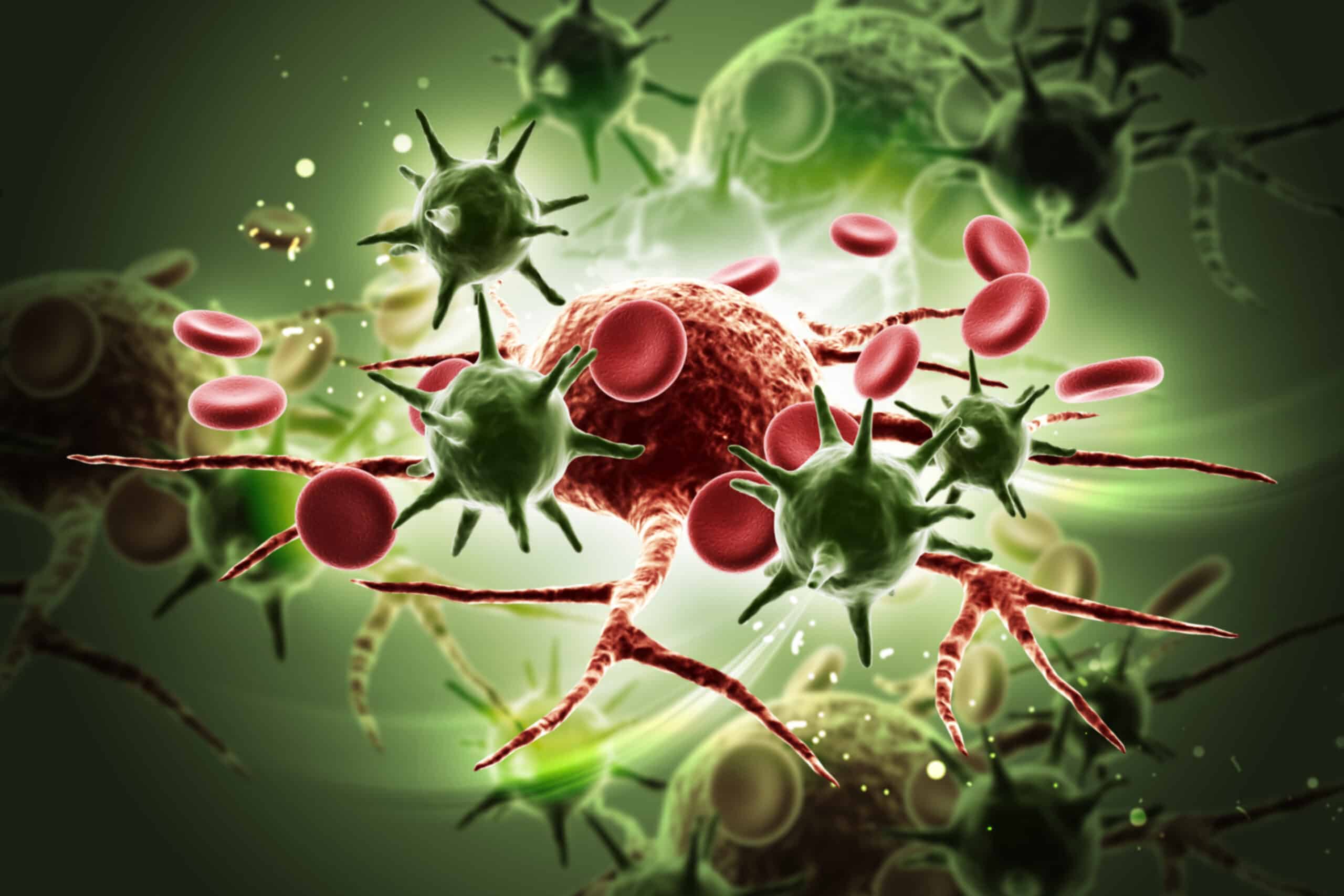Direct connection between gene regulation and metabolic pathways and how cancer cells take advantage of it to adapt to hostile environments are demonstrated in the team’s model. Oxidative phosphorylation and glycolysis metabolic processes were examined that provide cells with energy and chemical building blocks needed to proliferate. Direct association between activities of AMPK and HIF-1 regulators of OXPHOS and glycolysis have been detailed in the model, along with activities of three major metabolic pathways: fatty acid oxidation; glucose oxidation; and glycolysis.
Metabolic plasticity enables cancer cells to switch metabolism phenotypes during metastasis and tumorigenesis, however it is still largely unknown how the cells orchestrate gene regulation to balance their activities. Modeling gene regulation of cancer metabolism showed the cells can acquire a stable hybrid metabolic state in which OXPHOS and glycolysis can be used. To comprehensively characterize cancer metabolism in this study the team established theoretical framework by coupling gene regulation with metabolic pathways.
According to the team results demonstrate association between activity of HIF-1 and AMPK with the 3 major metabolic pathways; and further characterizes hybrid metabolic state and inactive state where cells have low activity of OXPHOS and glycolysis. RNA sequencing data from The Cancer Genome Atlas Transcriptomics and metabolomics data from paired tumor and adjacent benign tissue samples from a cohort of breast cancer patients were used to verify model prediction, along with in vitro studies of aggressive triple negative breast cancer cells. TNBC cells maintaining hybrid metabolic phenotype, as well as targeting OXPHOS and glycolysis being required to eliminate the cell’s metabolic plasticity were confirmed in the results, which serves as a platform to symmetrically study how tuning gene activity modulates metabolic pathway activity and vice versa.
Hybrid metabolic state were found to be able to be promoted by stabilization of HIF-1 and elevated production rate of mitochondrial reactive oxygen species in cancer cells relative to normal cells; ROS are chemically active models important to signaling but at high levels can damage cells.
The theory was backed up via gene expression data from breast cancer patients and metastatic triple negative breast cancer experimental models; evidence showed repressing glycolytic activity in the cells activated AMPK and enhanced OXPHOS, the reverse was also found to be true; and a combination of inhibitors that attacked OXPHOS and glycolysis successfully eliminated cancer cell’s metabolic plasticity.
The team is trying to push the field of metabolic modeling towards more flexibility to allow for decision making processes seen in cells by coupling genes to metabolism in a novel way. It was noted this still a limited view of all metabolic pathways, as there are other possibilities that included in the model, the team aims to be able eventually provide a more complete story as to what is really happening.




